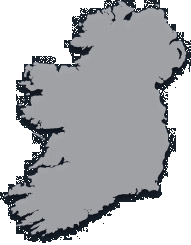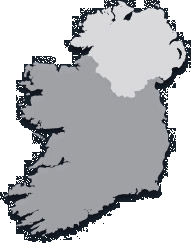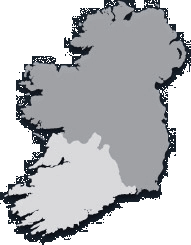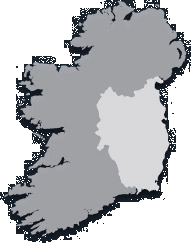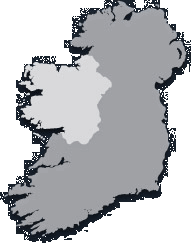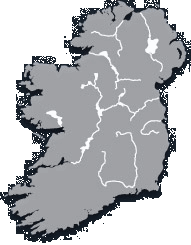

Traditional Boats of Ireland Book
History, Folklore and Construction
Read reviews/press release & see inside
- Recorded Boats
- 12ft punt
- A. K. Ilen
- Aigh Vie - Manx Nobby
- Curach Adhmaid
- Currach - Blasket Island
- Currach - Inisheer Island
- Currach - Inishturk Island
- Currach - Inishkea Island
- Currach - Scattery Island
- Drontheim
- Fishing Smack - Richard Hall
- Free State
- Galway hooker
- Galway Hooker - Gleoiteog
- Hanorah - Heir Island lobster Boat
- Kerry Naomhóg
- Kinsale Hooker
- Lake Angling Boat - Lough Corrib
- Lough Erne YC - Model 1
- Lough Erne YC - Model 2
- Lough Erne YC - Model 3
- Lough Erne YC - Model 4
- Lough Erne YC - Model 5
- Lough Erne YC - Model 6
- Lough Erne YC - Model 7
- Lough Erne YC - Model 8
- Lough Erne YC - Model 9
- Naomh Brigid
- Naomh Lua
- Rankin dinghy
- Saoirse
- Seine Follower Boat
- Tern - Hegarty Lobster Boat
- Three Hand Kerry Naomhog - Model
- Topaz - Manx Nobby
- Water Nymph 1885
- West Cork Mackerel Yawl
- Boatbuilders
- Jimmy Furey
- Walter Levigne
- McDonalds - Model 1
- McDonalds - Model 2
- McDonalds - Model 3
- McDonalds - Model 4
- McDonalds - Model 5
- Tyrells - 35ft Motor Fishing Vessel
- Tyrells - Model 1
- Tyrells - Model 2
- Tyrells - Model 3
- Tyrells - Model 4
- Tyrells - Model 5
- Tyrells - Model 6
- Tyrells - Model 7
- Tyrells - Model 8
- Tyrells - Model 9
- Tyrells - Shipwright
- Daingean Museum Store
- Four Oared Boat
- Two-masted carvel-built boat
- GreenCastle Museum
- GreenCastle Museum Model 1
- GreenCastle Museum Model 2
- GreenCastle Museum Model 3
- GreenCastle Museum Model 4
- Turlough Park Museum
- Currach Collection
- Museum Interior
Copies and / or reproductions of material on the web-site shall Not be made without the express permission of Traditional Boats of Ireland."
- Name of vessel
- Kinsale Hooker
- Designer
- Unknown
- Builder of vessel
- Unknown
- Date of vessel / Date of model
- Unknown
- Some given dimensions of the yacht (LOA, LWL, Draft etc)
- Model 772mm or 30” on deck..... 1063mm or 42” length overall.....1089mm or 43” total height (measured)
- PRINCIPAL PARTICULARS (calculated)
- Length Overall (On Deck).......................40ft 6in
- Length L.W.L..........................................32ft 9in
- Beam......................................................11ft 9in
- Draught ..................................................7ft 6in
- Displacement..........................................21.15 tons
- Cp .......................................................... 0.579
- Scale of the model
- 3/4" = 1'-0"
- Owner's name / Home port.
- National Museum of Ireland
- General Description:
- This Kinsale Hooker model, from the National Museum of Ireland collection, represents a long extinct craft, used for longline fishing off the South Coast in the 19th century.
- Any other information.
-
This Kinsale Hooker is a superbly detailed model of a long extinct craft, used for longline fishing off the South Coast, on the Labadie and Nymph Banks. It was replaced in the mid 19th century by Nobbies and Nickies, lug rigged vessels better suited for herring drift netting.
Form follows function, and thus we see a powerful fast sailing middle distance fishing vessel, needing speed to carry fresh catches home, without the lower freeboard of trawling vessels.
In the 1820s a class of racing yachts in Dublin were modelled on the Kinsale Hookers, but 50 years earlier, the yachts of the Water Club of Cork were so similar to these working craft that they could race together, with both yachts and hookers required to sail without topsails. Indeed it seems that the Cork yachts may have been the model for the Kinsale Hookers, which may account for the pronounced tumblehome. More easily understood when one appreciates that the same builders would have been constructing them, perhaps side by side. Remarkably, the model’s rig has been preserved and it shows a cutter rig typical of the mid 19th century. By this time, the influence of the classic English Channel cutter is also evident. The forward end of the boom is curiously fitted very low, on the main beam, thus avoiding stressing the mast, but making it difficult for the boom to swing out far. The absence of bowsprit bitts, supporting the heel of the bowsprit is also a puzzle, but it also harks back to the unstayed bowsprits of the Dutch element of the Cork yachts. The Galway Hookers are a smaller version of this Kinsale vessel, without its elegant counter.
It is believed that this model may have been commissioned for one of the Great Exhibitions, but the builder is not known.

